From pv Global
Researchers from Japan’s Waseda University have developed a new model that optimises the route of electric delivery vehicles (EDVs) to maximise local PV surplus usage.
For this purpose, the academics designed a novel electric vehicle routing problem (EVRP) that utilises a random forest regression model to predict where and when in the next day surplus solar power will be available near charging stations.
“Our work provides a practical blueprint for logistics operators to actively cut carbon emissions by strategically charging their EV fleets with spatiotemporal local surplus PV power,” researcher Ryoji Miyabe told pv magazine.
“Crucially, our model isn’t limited to a company’s own depot. It dynamically incorporates public charging stations into delivery routes, turning EVs into mobile assets that can absorb excess solar power across a city,” Miyabe said.
“This creates a win-win: logistics companies can verifiably lower their carbon footprint, while also promoting the local production and consumption of renewable energy.”
The proposed model focuses on mid-mile route-based delivery operations, in which EDVs transport goods from logistics depots to retail stores, utilising a small fleet of vehicles.
For charging, EDVs have access to fast chargers (FCs) with a 50 kW output, either enroute or in the operator’s depot. With those given, the operator is asked to fill in some parameters, such as next-day customer locations and required service time windows.
In the next step, a random forest regression model utilises connected smart meter data and weather forecasts to predict the timing and location of PV surplus the next day.
Then, it formalises a mixed-integer linear programming (MILP) problem with the goal of minimising carbon dioxide (CO2) emissions, while adhering to a few constraints.
Among those are customer, vehicle, timing, and charging constraints.
It then yields the exact mission plan for delivery, which includes the customer list, route, and charging time and locations.
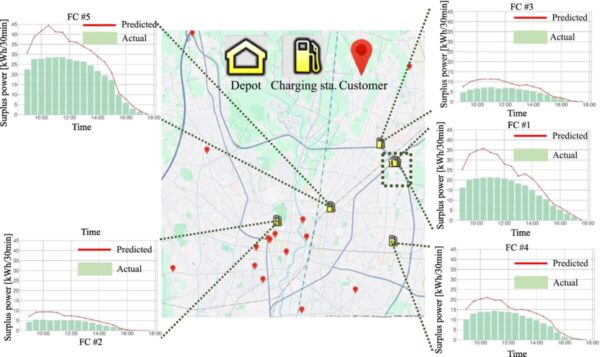
Image: Waseda University, Journal of Energy Storage, CC BY 4.0
To demonstrate the effectiveness of the novel approach, the team numerically simulated a case study using real-world data from Utsunomiya City in central Japan.
The operation included a delivery service with three Mitsubishi FUSO New eCanter EVs, each equipped with a 41 kWh battery and an 80 km range.
The simulation included one depot, 14-16 customers, and five charging stations across the city. A week of simulations was conducted in each season, with two shifts per day, resulting in 56 cases.
For compression, the proposed low-carbon EVRP was measured against an ordinary EVRP and an ordinary VRP. “In the ordinary VRP method, no enroute charging is performed, and charging occurs only at the depot after the completion of delivery operations.
Charging after the completion of operations is assumed to commence immediately upon return to the depot, and the amount of charge replenishes only the electricity consumed during travel.
In the ordinary EVRP, en-route charging is performed without considering CO2 emissions from the charging power,” explained the scientists.
The analysis showed that the proposed low-carbon EVRP achieved substantial CO2 emission reductions, averaging 16.6% lower than the ordinary VRP (30.8 vs. 25.7 kg-CO2/case) and 21.4% lower than the ordinary EVRP (32.7 vs. 25.7 kg-CO2/case).
Compared to the ordinary VRP, the proposed method reduced emissions by 22.7%, 17.9%, 19.6% and 7.2% during spring, summer, autumn, and winter, respectively.
The most considerable CO2 reduction was measured in the early shift of 17.5.2023, with the novel method reducing CO2 emissions by 66.1% compared to the VRP.
“The most striking result was discovering how crucial charging strategy is for decarbonisation—even more so than minimising travel distance,” concluded Miyabe.
“Our method sometimes selects routes that are longer, which naturally increases energy consumption. However, the key finding is that by charging the right amount at the right place and the right time—specifically targeting locations with abundant surplus PV power—the CO2 savings are substantial and far outweigh the extra energy use.”
They presented their research in “Low-carbon routing and charging planning for electric freight trucks utilising local surplus solar power,” which was recently published in the Journal of Energy Storage.
This content is protected by copyright and may not be reused. If you want to cooperate with us and would like to reuse some of our content, please contact: editors@pv-magazine.com.
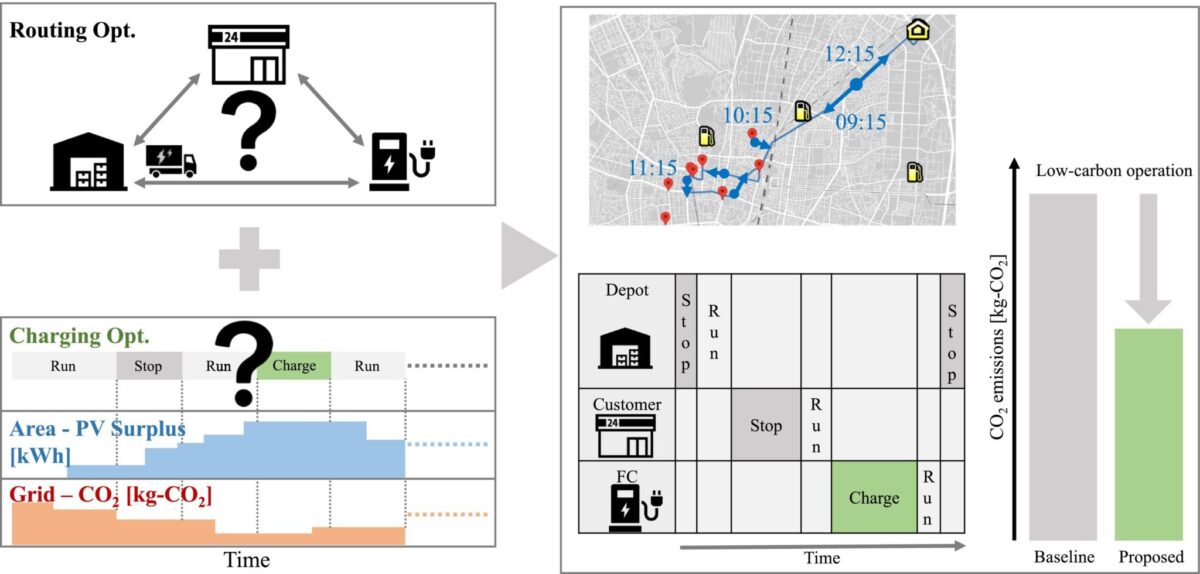
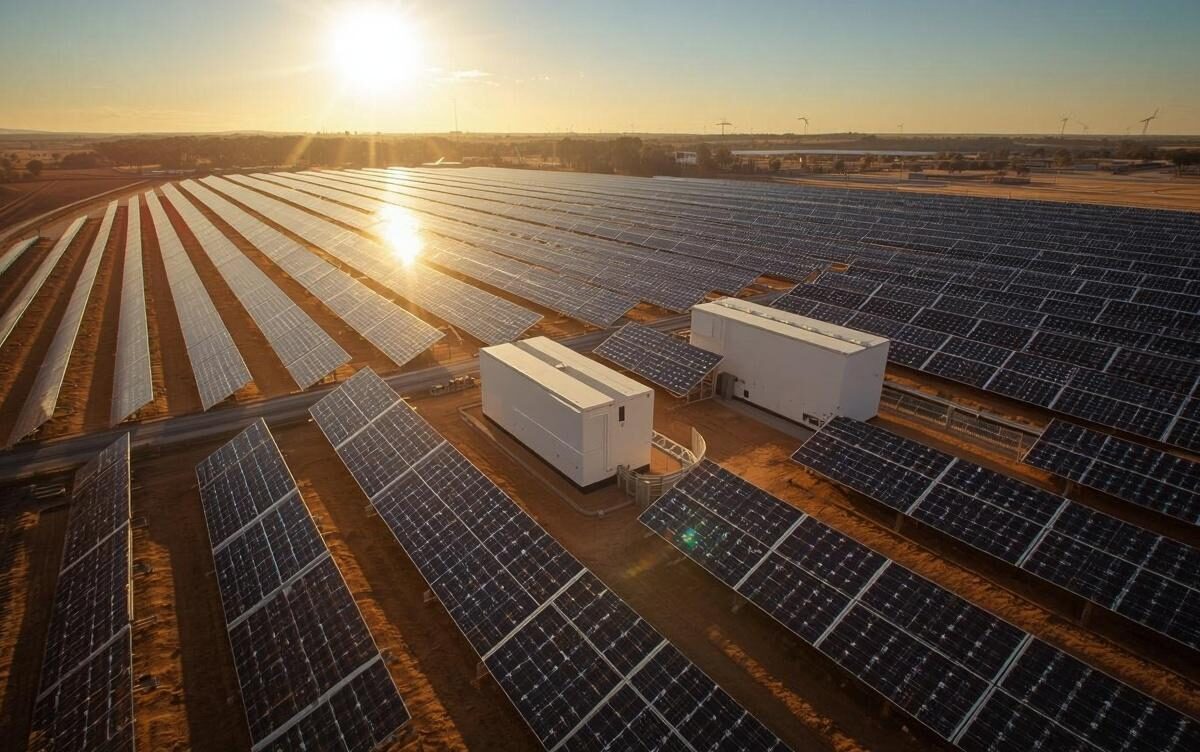

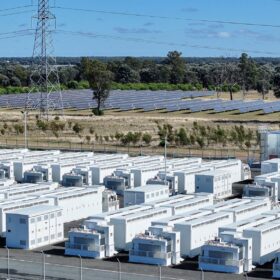
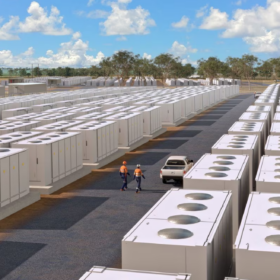
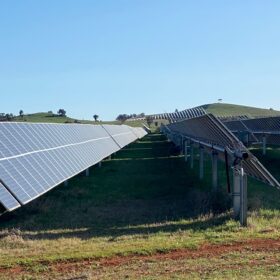
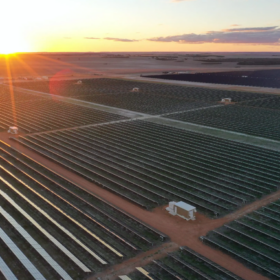

By submitting this form you agree to pv magazine using your data for the purposes of publishing your comment.
Your personal data will only be disclosed or otherwise transmitted to third parties for the purposes of spam filtering or if this is necessary for technical maintenance of the website. Any other transfer to third parties will not take place unless this is justified on the basis of applicable data protection regulations or if pv magazine is legally obliged to do so.
You may revoke this consent at any time with effect for the future, in which case your personal data will be deleted immediately. Otherwise, your data will be deleted if pv magazine has processed your request or the purpose of data storage is fulfilled.
Further information on data privacy can be found in our Data Protection Policy.